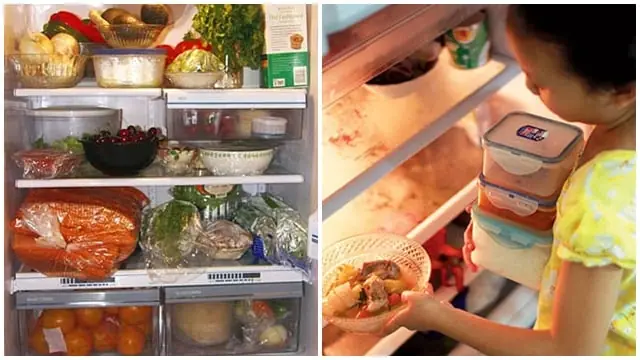
5 ways to distinguish fake milk from real milk: Tips to identify and protect your health
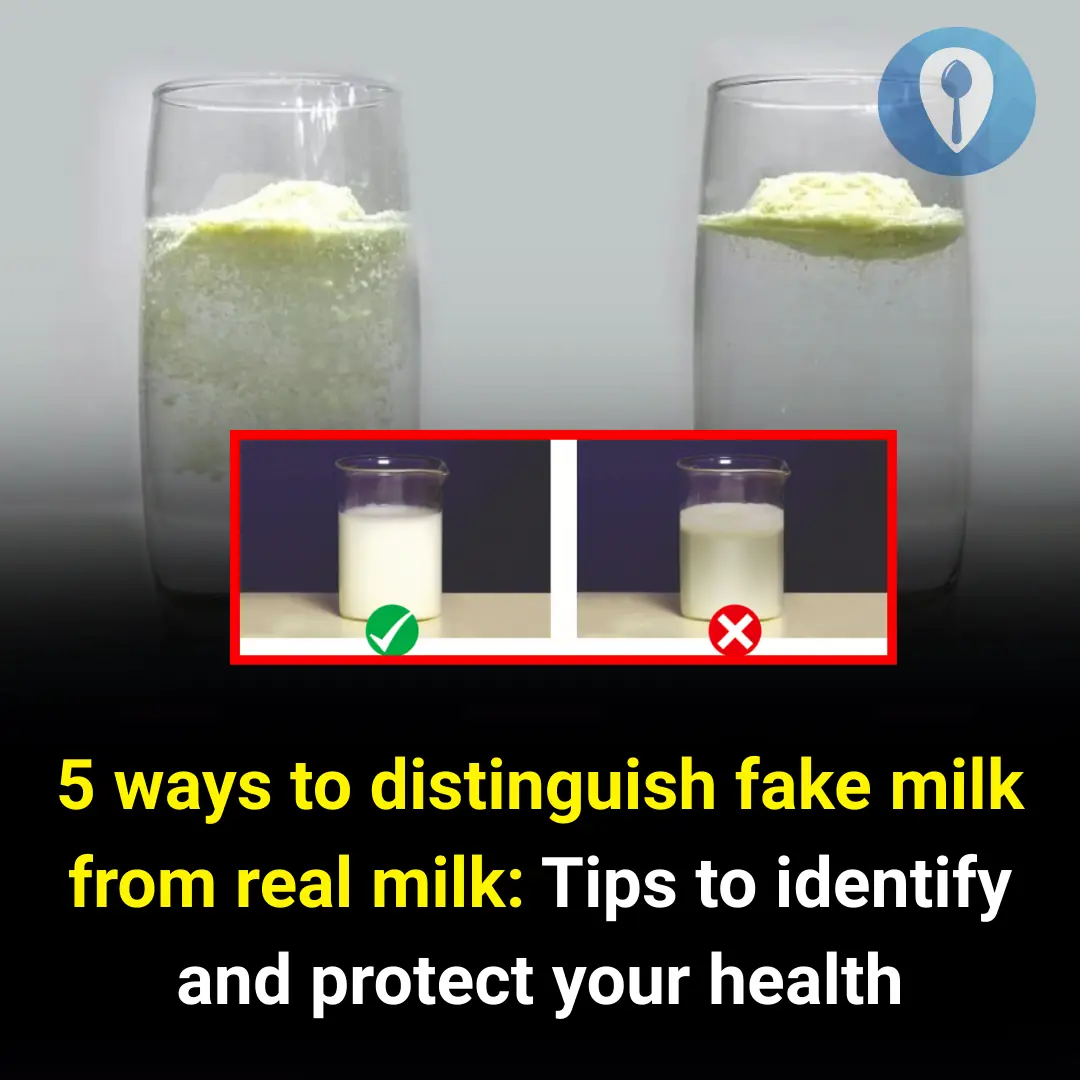
The World Health Organization (WHO) has warned about the presence of counterfeit or substandard formula milk in many countries, especially in the Asia-Pacific region, where e-commerce controls are still lacking.
A study by the Australian Institute of Food Safety and Nutrition found that children who drink substandard formula milk for a long time will face the risk of liver and kidney damage, immune deficiency and slow physical and mental development.
Even if the milk is cross-contaminated, contains impurities or banned substances such as melamine, as in the scandal in China in 2008, the consequences can be so serious as to cause death.
5 Ways to Distinguish Real and Fake Powdered Milk
Dr. Julia Evans, a nutritionist from the British Dietetic Association (BDA), shared: "Fake powdered milk often takes advantage of consumers' desire for cheapness and lack of vigilance. However, if you are observant, you can still identify an unusual product from the first use."
Dr. Julia Evans, a nutritionist from the British Dietetic Association (BDA), shared: "Fake powdered milk often takes advantage of consumers' desire for cheapness and lack of vigilance. However, if you are observant, you can still identify an unusual product from the first use."
Here are 5 signs that Dr. Evans recommends parents pay special attention to:
1. Check the packaging carefully
Fake milk often imitates the packaging very similar to the real product. However, if you observe carefully, you can detect differences such as blurred printed colors, blurred or unclear fonts, blurred logos, missing anti-counterfeit stamps or stamps that are crooked or peeling. Details such as barcodes and expiration dates may also be printed incorrectly or blurred.
2. Check the authentication stamp
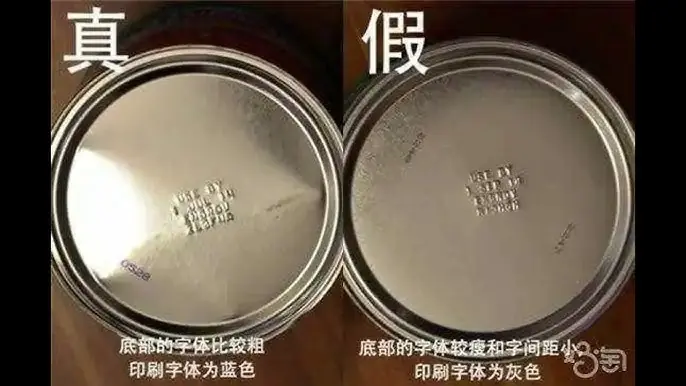
Many reputable milk brands today have integrated QR codes, SMS authentication codes or broken reflective stamps. When purchasing a product, consumers should look up the code to verify the origin. If the system reports "non-existent", duplicate codes or unrecognizable, you should stop using it immediately.
3. Observe the smell, color and solubility
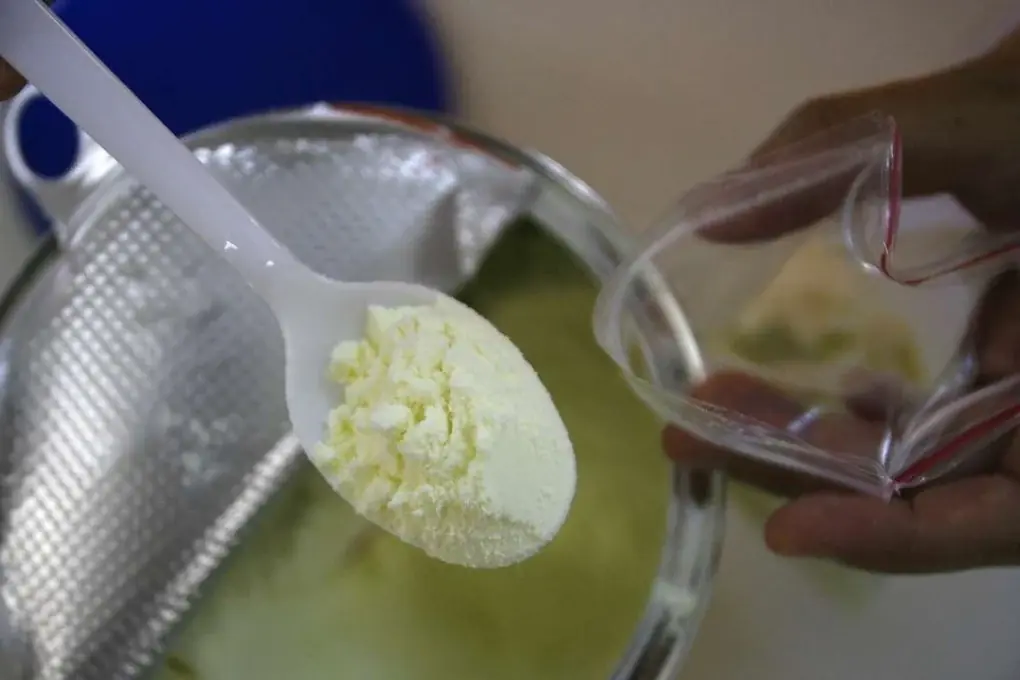
Real milk is usually ivory or light yellow in color and has a characteristic light aroma. When mixed with warm water, the milk will dissolve evenly without clumping. Fake milk often has a fishy or slightly foul smell, is pale white or too dark in color, is difficult to dissolve and leaves a lot of residue.
4. Monitor the drinker's reaction
If the child shows signs such as diarrhea, vomiting, redness around the mouth, laziness to breastfeed, or slow weight gain after changing milk, parents should suspect that the product may not be of good quality. Although it is not always fake milk, this is a warning sign that needs attention.
5. Where to buy - an important factor
Dr. Robert Simmons, a food safety expert at Yale University (USA), said: "Most fake products are sold through unofficial channels: personal shops on social networks, uncontrolled e-commerce platforms, or hand-carried people without clear invoices."
He recommends that you should only buy milk at reputable stores, authorized distributors, or large supermarkets with return commitments and valid invoices.
According to a survey from Consumer Health Review (UK), 83% of parents cannot distinguish fake milk just by the outer packaging. This is the reason why many families accidentally use fake products for a long time without knowing it.
"Cheap does not mean cheap. If fake milk causes your child to be malnourished, suffer digestive disorders or require medical treatment, the cost will be many times higher," Dr Julia Evans stressed.
News in the same category

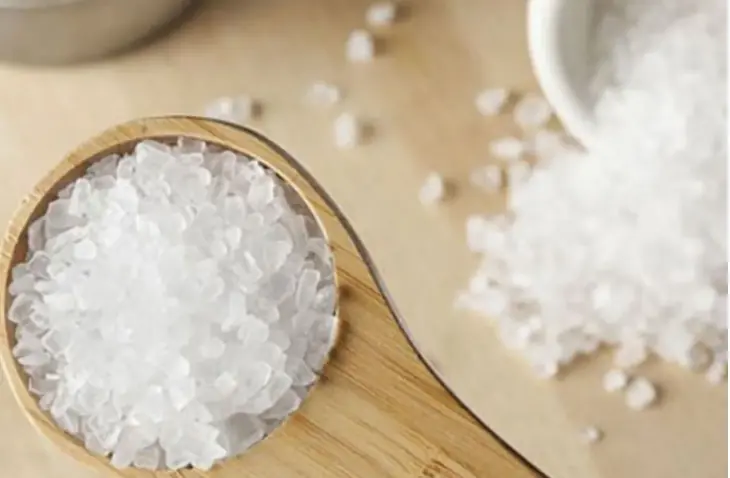
This One Superfood Could Tackle Major Health Issues—Here’s What You Need To Know

Male contraceptive pill appears to be safe without side effects in early trials
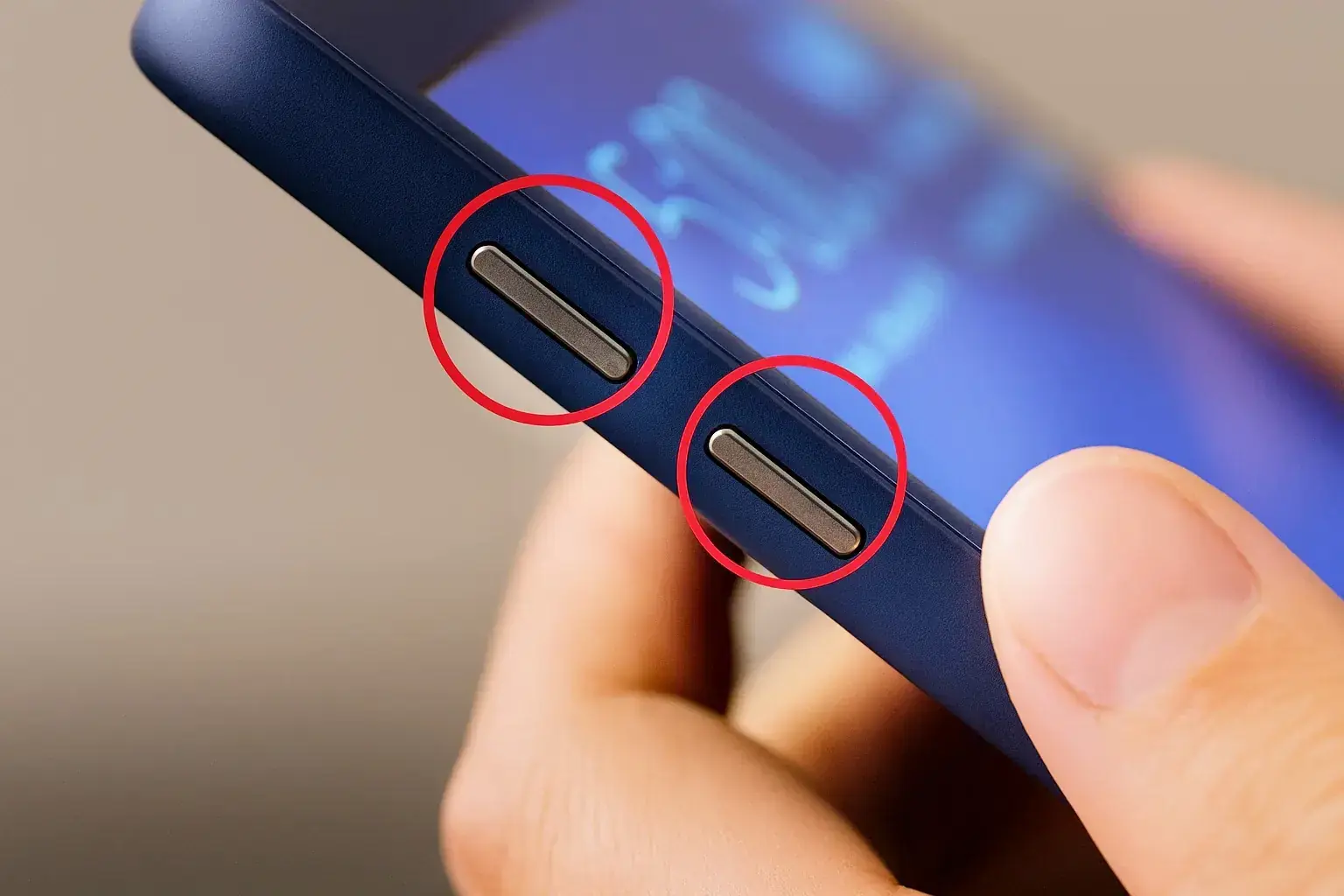
The Volume Buttons on Your iPhone Have Countless Hidden Features

4 Things You Should Never Say At A Funeral — No Matter What

Mass Panic as ‘New Baba Vanga’ Predicts Majo Disasters Striking in Just One Month

8 Early Warning Signs Of Ovarian Cancer You Shouldn’t Ignore

5 foods you should never keep overnight

Pain ON The Left Side Of The Body: What it could mean?

3 Ways to Prevent Snakes from Entering Your House: Protect Your Family
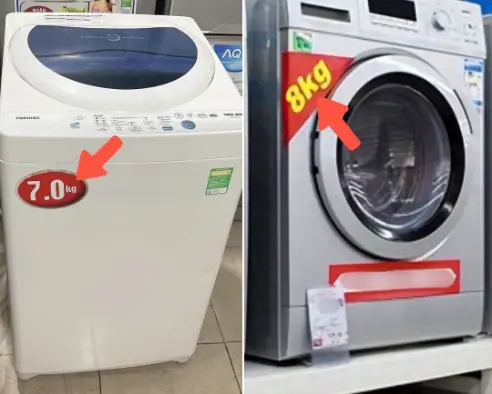
When a Washing Machine Shows 7kg, 8kg, or 10kg, Is That the Weight of Dry or Wet Clothes?

Don’t wear these two types of slippers on the plane—they can compromise your safety

On Humid Days, Walls Are Prone to Mold and Peeling
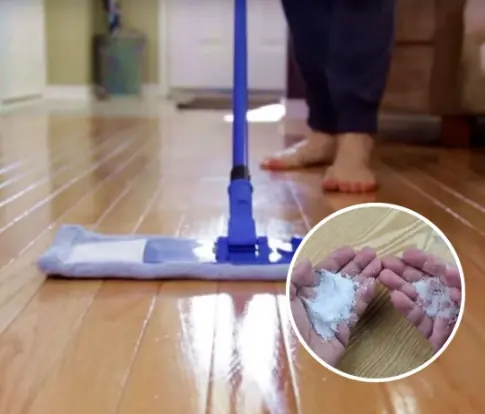
You Don’t Need to Mop the Floor All Week, But It Will Still Be Spotless Thanks to These 4 Amazing Tips That Very Few People Know

Do you need to unplug the rice cooker after the rice is cooked?

Effective and simple ways to restore a non-stick pan without needing to replace it

Defrosting Shrimp by Soaking in Water Is a Mistake
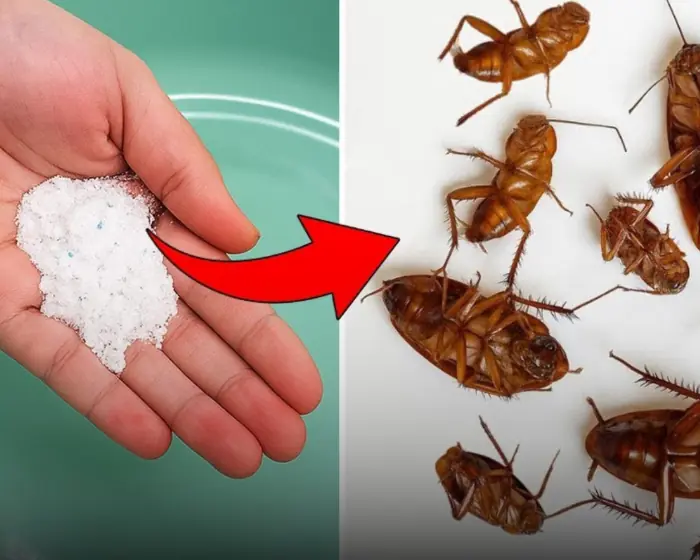
Effective tips to kill cockroaches and keep your house clean
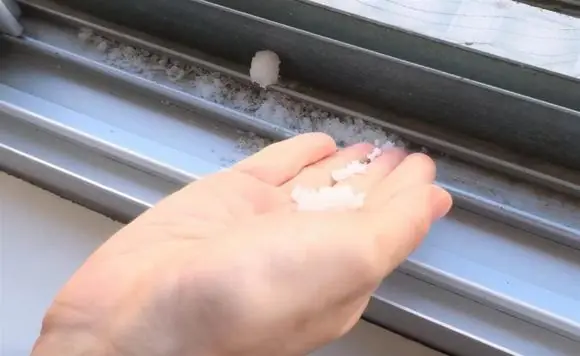
Sprinkle a little salt into the door cracks, you will see something special after 5 minutes

If You Keep Waking Up at 3AM, The Universe Might Be Trying to Tell You Something
News Post

Eliminate Refrigerator Odors with Just Two Common, Cheap Items

3 Types of Autumn Vegetables Known as the “Kings of Calcium” Everyone Should Eat Regularly

Does eating boiled eggs every day benefit or harm the li.ver?
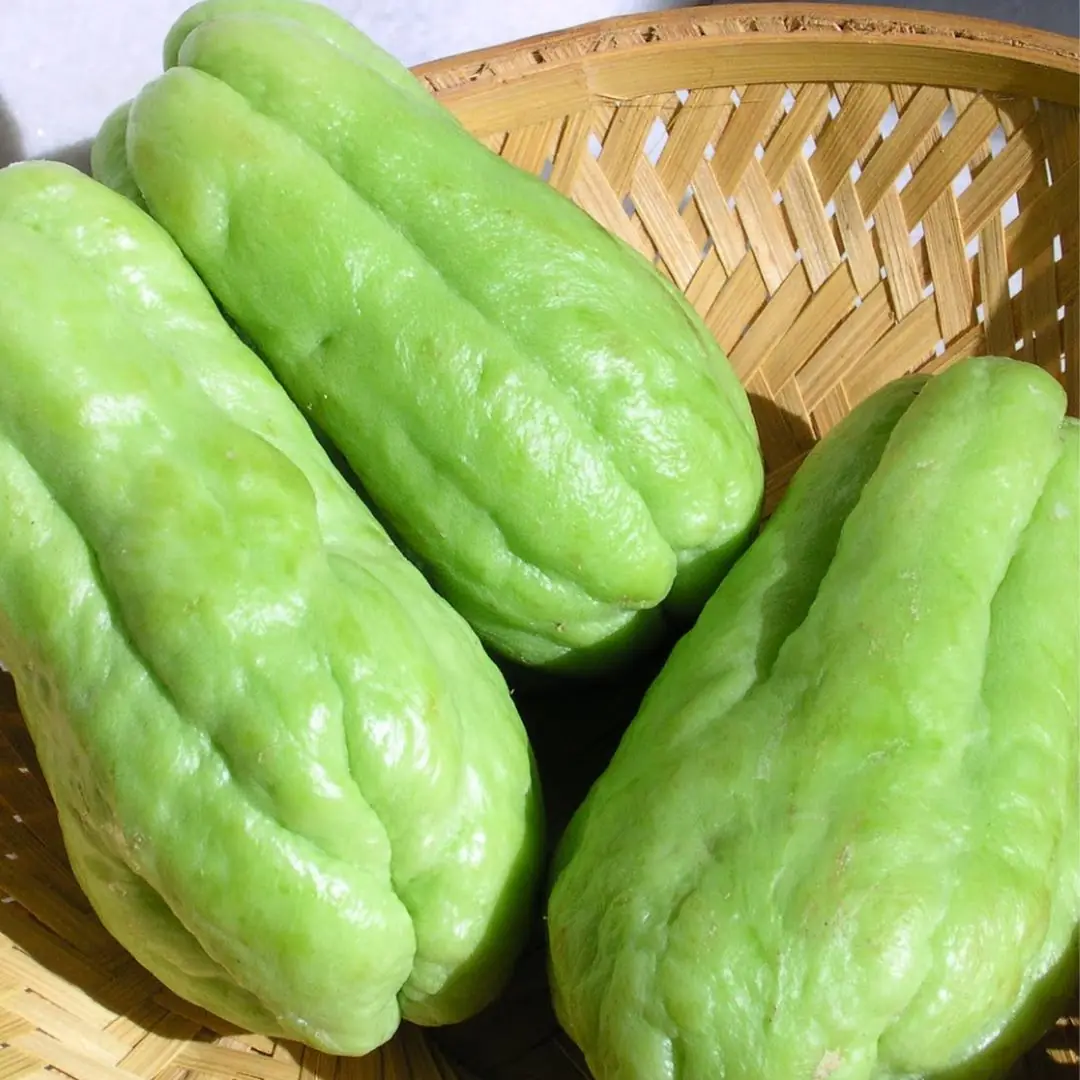
Groups of people absolutely abstain from eating chayote squash to avoid bringing disaster upon themselves

People with weak kidneys often have pain in 5 places: If you have 1, you need to see a doctor immediately!

5 abnormalities that appear at night warn of "blood flooding the street", even young people should not be subjective
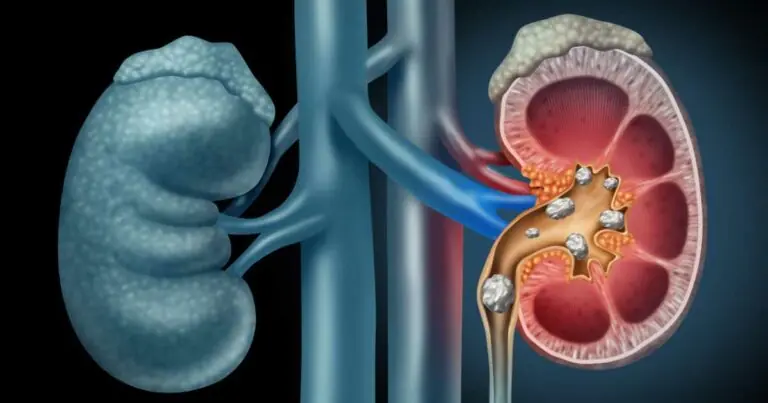
If Your Kidneys Are in Danger, the Body Will Show these 10 Signs
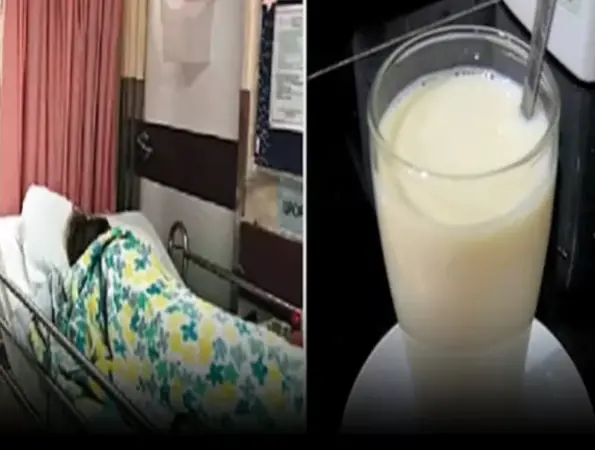
Young Woman Dies at 27 from Late-Stage Thyroid Cancer

The Meaning Of The Intriguing Gesture Of Scratching The Palm Of Another Person’s Hand

One Month Before A Heart Attack, Your Body Will Warn You Of These 7 Signs
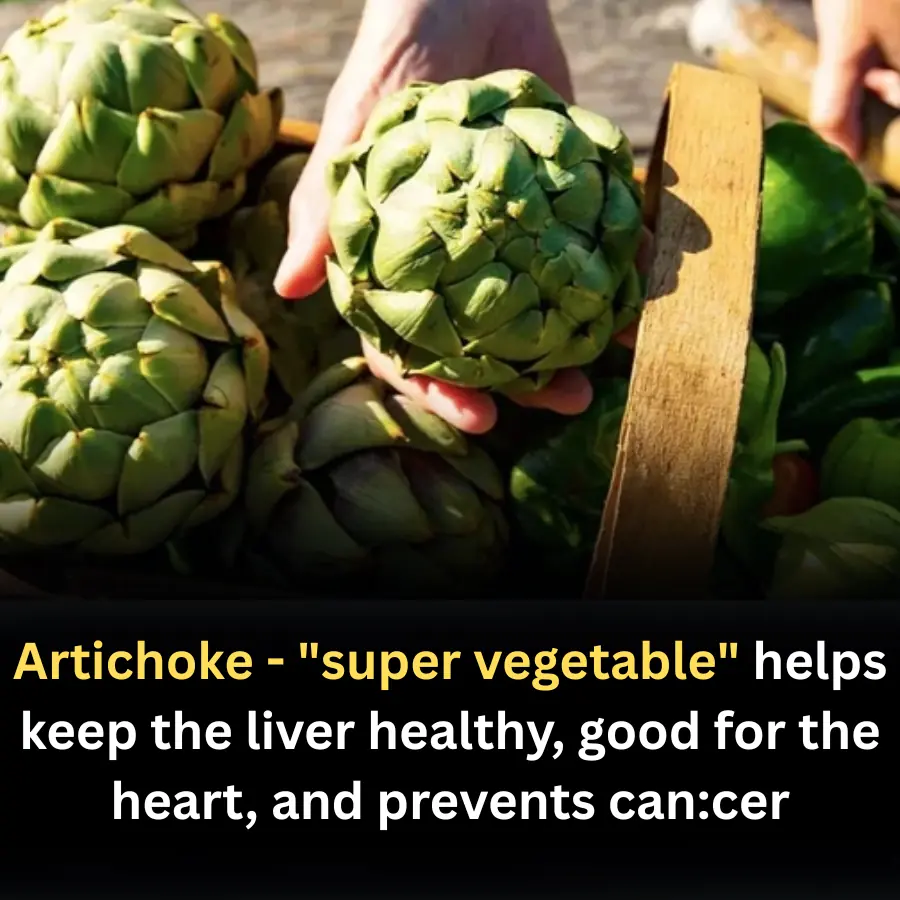
Artichoke - "super vegetable" helps keep the liver healthy, good for the heart, and prevents can.cer

5-Year-Old Loses Battle With Cancer — Doctors Reveal 5 Foods Parents Must Never Give Their Children

If you drool while sleeping often, check for these 6 diseases

Which canc.ers are hereditary?
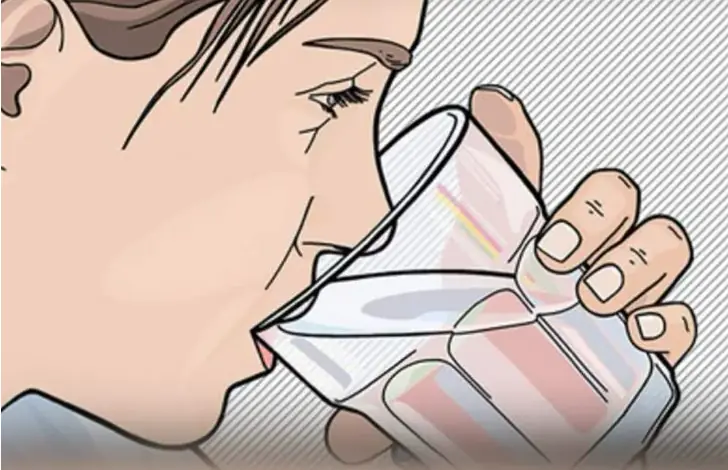
Say Goodbye to Joint and Foot Pain with a Relaxing Rosemary Bath

18 year old girl suddenly discovered stomach cancer with distant metastasis after 4 can.cer symptoms

From common symptoms in the digestive system, the patient has 2 types of can.cer at the same time.

Here’s Why You Shouldn’t Sleep With A Fan At Night

Head and Neck Canc3r: Risk Factors, Symptoms, and Prevention Tips
